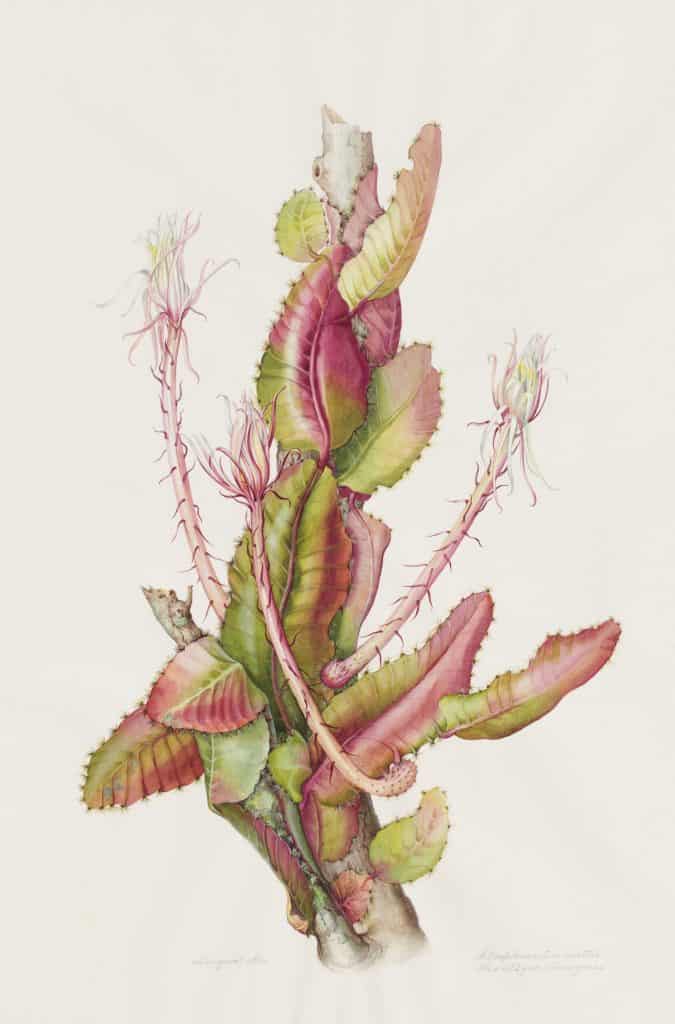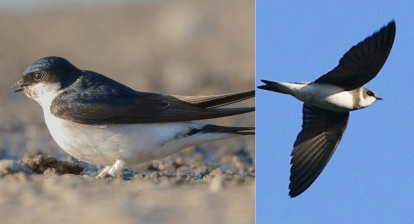Observe the Amazon Moonflower Cactus (Selenicereus wittii) blooming in this timelapse video from Cambridge University Botanic Garden (CUBG).This amazing plant blooms on just one night a year. A gorgeous, nocturnal, white flower with a sweet jasmine-like smell is revealed during this bloom, disappearing by the next morning. The CUBG was successful in observing this rare event after carefully cultivating and nurturing the cactus for five years, having received the plant from Bonn Botanic Garden in 2015. Globally, only about 13 of the plants have been successfully cultivated. “It’s very rare to have this plant in our collection and we believe this is the first time the Moonflower has flowered in the UK,” says horticulturalist and glasshouse supervisor Alex Summers from CUBG.
According to the CUBG, the Moonflower is found exclusively above the high waterline of the floodplain rainforests of the Amazon Basin. The white, nocturnal flowers, can be 27cm in length, blossom at sunset and attract pollinators (two species of hawkmoth with extremely long proboscises or tongues, because the nectary is right at the base of the floral tube), with their colours and fragrance. Two hours after blooming and hopefully pollinating, the flower changes its smell to a rancid odour (probably to deter herbivores) and then the flowering is finished by the time the sun has risen. It usually flowers in May but in the glasshouse at the Botanic Garden, it blooms during Novermber to February. The CUBG now hopes that it will bloom every year. They also hope to hand-pollinate it, as there are no natural pollinators of the Moonflower at the garden.

Amazon Moonflower stems growing around the trunk of a water chestnut at the Cambridge University Botanic Garden. (CUBG)
The Amazon Moonflower was brought to the attention of the British public by environmentalist and botanical artist Margaret Mee, who first saw it in the Amazon in 1972 and then went back in her 70s to paint it in 1988.

Moonflower after flowering with wilted flowers by Margaret Mee. Credit: RBG Kew
Pollination of the plant has never been observed in the wild and CUBG botanists hope that this blossoming will give them an opportunity to learn more about this elusive wonder of nature.

![The Great Dark Spot (top), Scooter (middle white cloud),[97] and the Small Dark Spot (bottom), with contrast exaggerated.](https://www.360onhistory.com/wp-content/uploads/2024/01/Neptune_storms-414x224.jpg)




